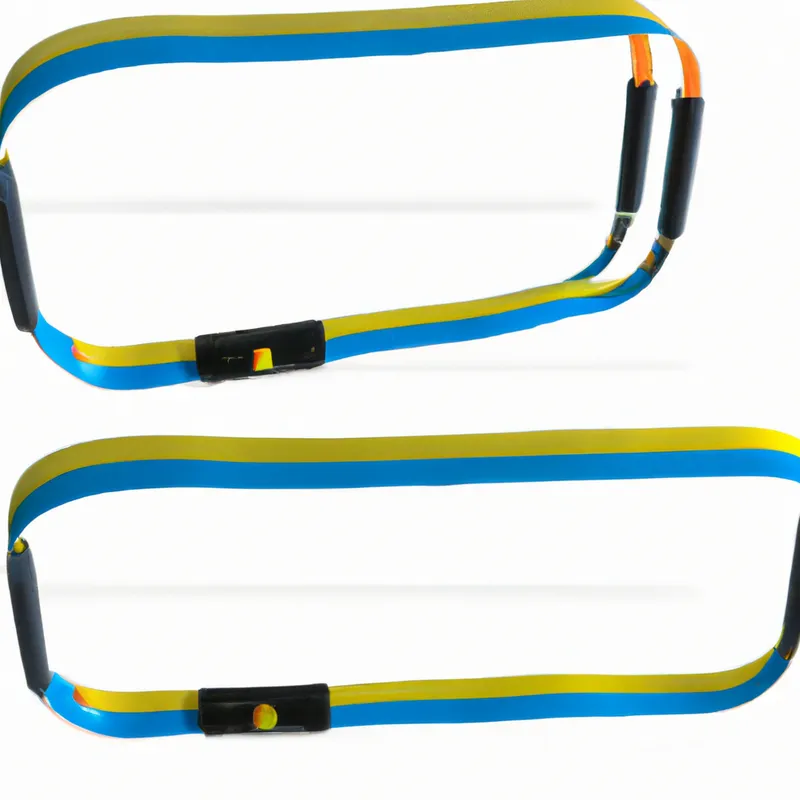Maximize Endurance Using Resistance Band Training
The Best Resistance Band Exercises for Runners
Running keeps you fit, boosts cardiovascular health, and reduces stress. Many runners neglect strength training in their routines. While running builds endurance, it often underdevelops certain muscle groups. Resistance bands can help. These versatile tools enhance running performance by building strength, improving flexibility, and preventing injuries. This post explores the best resistance band exercises for runners and their benefits.
Why Use Resistance Bands?
Resistance bands are lightweight, portable, and versatile. You can use them at home, the gym, or outdoors. Unlike weights, resistance bands offer variable resistance. This feature allows you to tailor your workouts to your fitness level and goals. Their adaptability makes them ideal for runners wanting to boost strength and performance.
Resistance bands also improve running form. Resistance training activates stabilizing muscles crucial for balance and posture. Strengthening these muscles leads to a more efficient stride and may help you run faster and longer. Incorporating resistance band exercises can prevent common running injuries by addressing muscle imbalances and enhancing overall strength.
Top Resistance Band Exercises for Runners
1. Band Squats
**Muscle Groups Targeted**: Quadriceps, Hamstrings, Glutes
Band squats strengthen your legs and glutes, essential for powerful running strides. To perform band squats, follow these steps:
– Place the band around your thighs, just above your knees.
– Stand with feet shoulder-width apart and engage your core.
– Lower your body into a squat by bending your knees and pushing your hips back.
– Keep your chest up and ensure your knees stay behind your toes.
– Hold the squat momentarily before returning to a standing position.
Complete 10-15 reps for 2-3 sets. Band squats build strength and improve mobility, vital for runners.
2. Lateral Band Walks
**Muscle Groups Targeted**: Hip Abductors, Glutes
Lateral band walks target hip abductors, crucial for stabilizing your pelvis while running. Here’s how to perform this exercise:
– Place the band around your ankles and stand with feet hip-width apart.
– Bend slightly at your knees and lower into a quarter squat.
– Take small side steps while keeping tension in the band.
– Move laterally for about 10 steps in one direction, then return.
This exercise develops lateral strength and stability. Aim for 2-3 sets of 10 steps in each direction.
3. Standing Band Leg Extensions
**Muscle Groups Targeted**: Quadriceps, Glutes
Standing band leg extensions strengthen your quadriceps and glutes. Follow these steps:
– Anchor the band to a stable surface at ankle height.
– Stand facing away from the anchor point with the band around your ankle.
– Extend your leg straight back, keeping your knee straight.
– Hold briefly and return to the starting position.
Complete 10-15 reps for 2-3 sets on each leg.
Conclusion
Incorporate resistance band exercises into your routine to enhance strength, flexibility, and running performance. These exercises can help you prevent injuries, improve form, and achieve your running goals.
Below are related products based on this post:
FAQ
Why are resistance band exercises important for runners?
Resistance band exercises are important for runners because they help build strength, improve flexibility, and enhance overall running performance. They target stabilizing muscles that are crucial for balance and posture, which can lead to a more efficient stride and help prevent common running injuries.
How do resistance bands differ from traditional weights?
Resistance bands differ from traditional weights in that they offer variable resistance, allowing you to tailor your workouts based on your fitness level and goals. They are also lightweight, portable, and can be used in various settings, making them versatile tools for enhancing strength training routines.
What are some effective resistance band exercises for runners?
Some effective resistance band exercises for runners include band squats, lateral band walks, and standing band leg extensions. These exercises target key muscle groups, such as the quadriceps, glutes, and hip abductors, which are essential for improving running performance and preventing injuries.















Post Comment